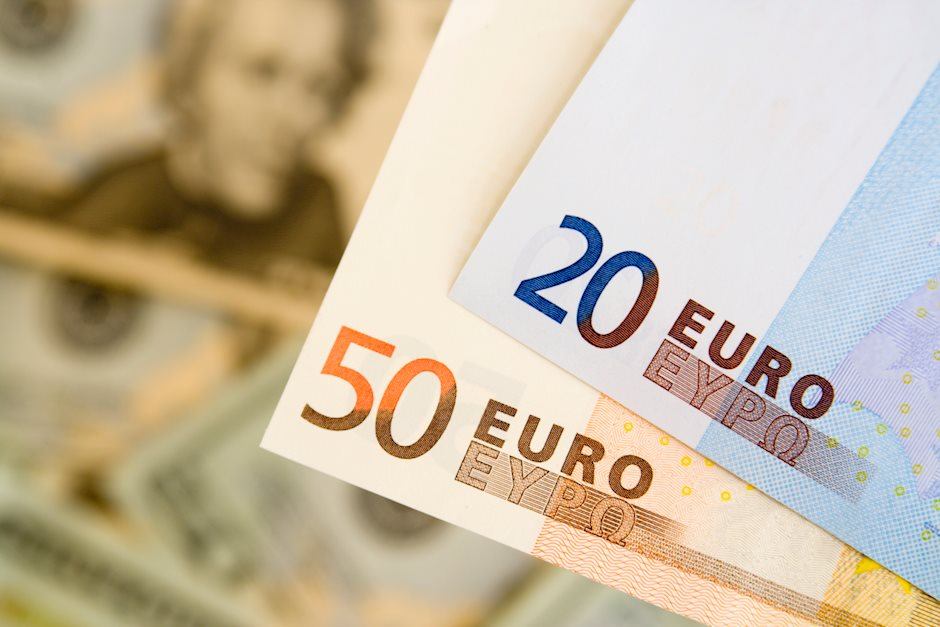EUR/USD rallies to 1.0900 as soft US Inflation boosts Fed rate-cut prospects
- EUR/USD rose to a fresh one-month high near 1.0900 as soft US inflation data weighs heavily on the US Dollar.
- Annual headline and core inflation decelerated more than expected to 3% and 3.3%, respectively.
- The Euro capitalizes on easing fears of a widening French financial crisis and diminishing ECB rate cut prospects.

EUR/USD jumps higher to near 1.0900 in Thursday's New York session. The major currency pair strengthens after the United States (US) Consumer Price Index (CPI) report for June turned out to be softer than expected. This has boosted market speculation for the Federal Reserve (Fed) to start reducing interest rates from the September meeting. The CME FedWatch tool shows that the probability of the Fed cutting rates from September has increased to 89% from 74.4% recorded a week ago.
US annual core inflation, which strips off volatile food and energy prices, decelerated to 3.3% from the estimates and May's reading of 3.4%. In the same period, the headline inflation grew at a slower pace of 3% against expectations of 3.1% and the prior release of 3.4%. Monthly headline CPI surprisingly deflated by 0.1% after remaining unchanged, while investors forecasted a nominal increase of 0.l%. The core inflation rose by 0.1%, slower than estimates and the former reading of 0.2%.
A consecutive decline in the US inflation would also increase the confidence of investors that the disinflation process has resumed and that the high price pressures recorded in the first quarter were merely a short-term blip.
A higher-than-expected decline in US inflation data weighs heavily on the US Dollar and Treasury yields. The US Dollar Index (DXY), which tracks the Greenback’s value against six major currencies, tumbles to near 104.50. 10-year US Treasury yields plummet below 4.20%.
Daily digest market movers: EUR/USD strengthens on diminishing ECB's back-to-back rate cut prospects
- EUR/USD moves higher to 1.0850 as concerns over the widening French financial crisis ease as Marine Le Pen’s far-right National Rally failed to maintain dominance over French President Emmanuel Macron's centrist alliance and the left-wing coalition, also known as New Popular Front, led by Jean-Luc Melenchon.
- Economists were worried about the far right coming to power, which was expected to steer fiscal expansion. Currently, the centrist alliance is expected to join hands with the left wing to form a coalition government.
- Apart from diminishing fears of French financial crisis, easing expectations of subsequent rate cuts by the European Central Bank (ECB) have also brought stability to the Euro’s appeal.
- Traders pare bets favoring ECB’s back-to-back rate cuts as ECB policymakers hesitate to commit to a specific rate-cut path. ECB officials worry that an aggressive approach could revamp price pressures again. However, they are comfortable with expectations of more rate cuts this year.
- Meanwhile, revised estimates for the German Harmonized Index of Consumer Prices (HICP) confirmed that price pressures decelerated in June. Annual HICP grew at a slower pace of 2.5% from May’s reading of 2.8%.
Technical Analysis: EUR/USD prints fresh monthly high at 1.0900
EUR/USD strengthens after delivering a breakout of the Bullish Flag formation in a 4-hour timeframe. A breakout of the above-mentioned chart pattern results in a continuation of the trend, which in this case is bullish.
The 20-period Exponential Moving Average (EMA) near 1.0825 continues to support the Euro bulls.
The 14-day Relative Strength Index (RSI) establishes into the bullish range of 60.00-80.00, indicating that momentum has leaned to the upside.
Going forward, the psychological figure of 1.0900 will be a key target for the Euro bulls. On the downside, the June 19 high at around 1.0750 will be a major support zone.
Economic Indicator
Consumer Price Index ex Food & Energy (YoY)
Inflationary or deflationary tendencies are measured by periodically summing the prices of a basket of representative goods and services and presenting the data as the Consumer Price Index (CPI). CPI data is compiled on a monthly basis and released by the US Department of Labor Statistics. The YoY reading compares the prices of goods in the reference month to the same month a year earlier. The CPI Ex Food & Energy excludes the so-called more volatile food and energy components to give a more accurate measurement of price pressures. Generally speaking, a high reading is bullish for the US Dollar (USD), while a low reading is seen as bearish.
Read more.Last release: Thu Jul 11, 2024 12:30
Frequency: Monthly
Actual: 3.3%
Consensus: 3.4%
Previous: 3.4%
Source: US Bureau of Labor Statistics
The US Federal Reserve has a dual mandate of maintaining price stability and maximum employment. According to such mandate, inflation should be at around 2% YoY and has become the weakest pillar of the central bank’s directive ever since the world suffered a pandemic, which extends to these days. Price pressures keep rising amid supply-chain issues and bottlenecks, with the Consumer Price Index (CPI) hanging at multi-decade highs. The Fed has already taken measures to tame inflation and is expected to maintain an aggressive stance in the foreseeable future.
Author

Sagar Dua
FXStreet
Sagar Dua is associated with the financial markets from his college days. Along with pursuing post-graduation in Commerce in 2014, he started his markets training with chart analysis.


















